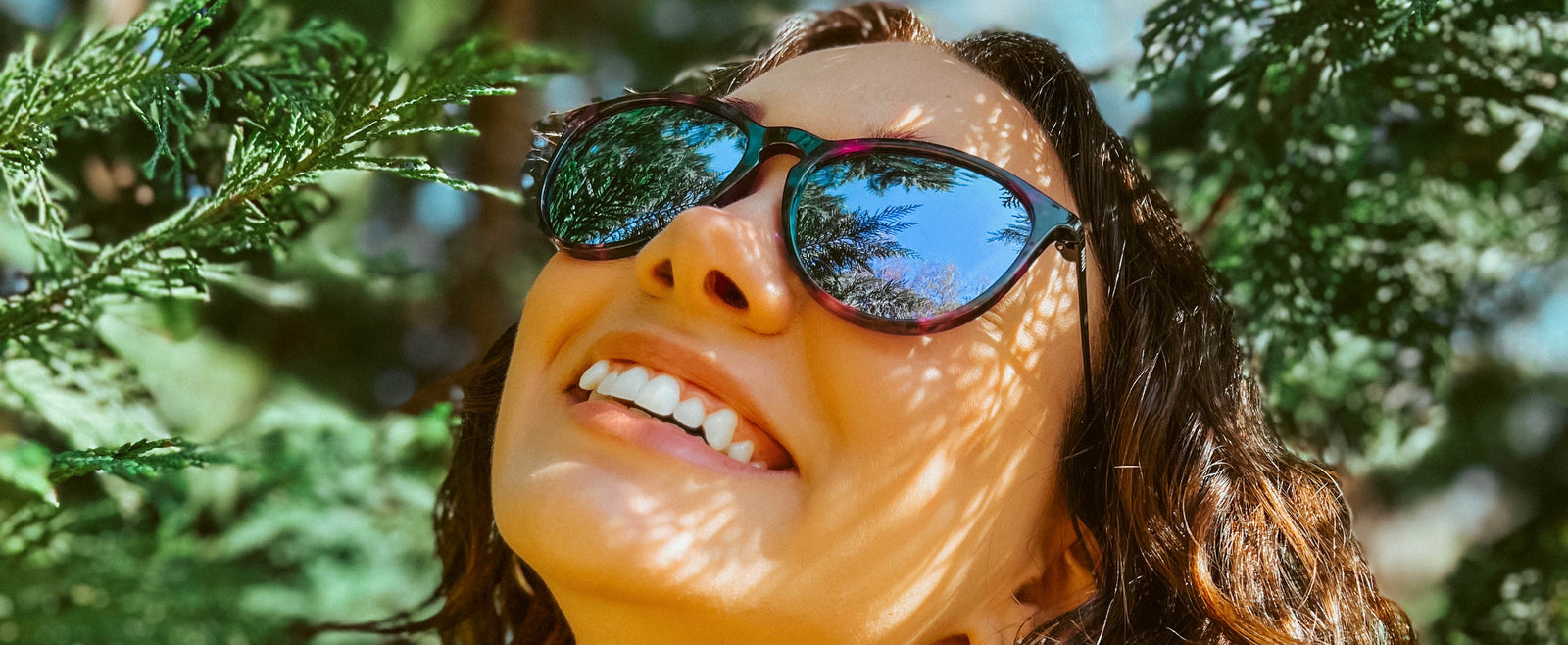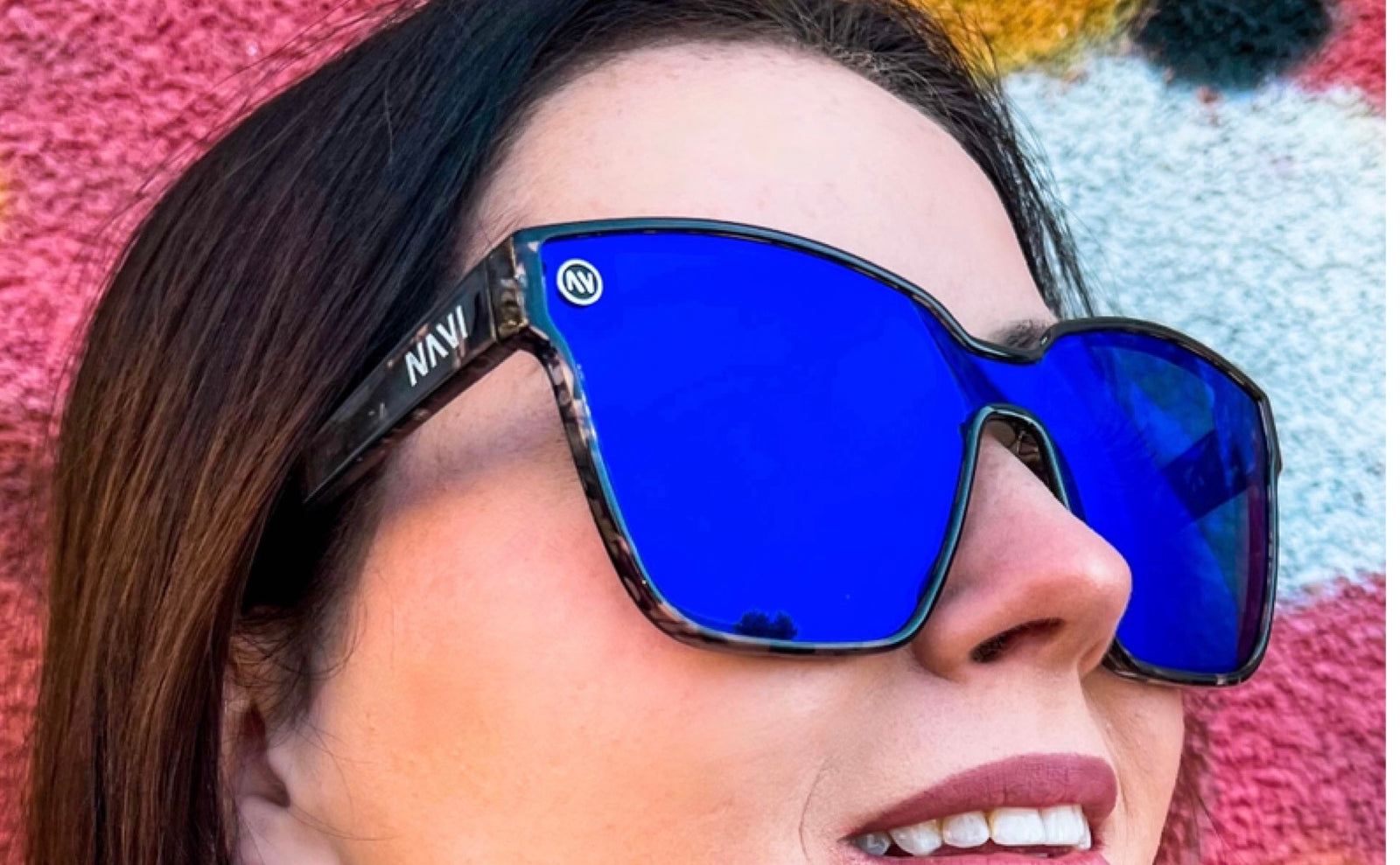When it comes to hiking, having the right gear can make or break your experience. While many hikers focus on footwear, clothing, and backpacks, it's essential to remember to protect your eyes from the sun's harmful rays. Sunglasses are an excellent investment for any hiker, but with so many options on the market, it can be challenging to choose the right pair. In this article, we'll provide a comprehensive guide on how to choose sunglasses for hiking.
1. Why Sunglasses are Important for Hiking
Before we dive into how to choose the right pair of sunglasses, it's crucial to understand why they're essential for hiking. Sunglasses protect your eyes from harmful UV rays that can cause long-term damage such as cataracts, macular degeneration, and even skin cancer. Additionally, sunglasses reduce glare and improve contrast, making it easier to see the trail and any obstacles in your path.
2. Types of Lenses
When it comes to choosing sunglasses for hiking, the type of lens is crucial. There are three main types of lenses: polarized, non-polarized, and photochromic.
Polarized Lenses
Polarized lenses are excellent for hiking because they reduce glare and improve visibility. They're especially useful near bodies of water, where the sun's reflection can be particularly strong. However, polarized lenses can make it difficult to see LCD screens and other digital displays.
Non-Polarized Lenses
Non-polarized lenses are a more affordable option and can still provide adequate protection from UV rays. However, they don't reduce glare as effectively as polarized lenses.
Photochromic Lenses
Photochromic lenses automatically adjust to changing light conditions, making them an excellent choice for hikers who move between open areas and wooded trails. However, they can take some time to adjust, so they may not be suitable for fast-paced hikes.
3. Lens Color
The color of the lens can also impact your hiking experience. While personal preference plays a role, certain colors are better suited for specific environments.
Gray Lenses
Gray lenses are the most common lens color and are suitable for all-around use. They don't distort color perception, making them an excellent choice for hikers who want to see the trail's true colors.
Brown Lenses
Brown lenses enhance contrast and are excellent for hiking in bright, sunny conditions. They're especially useful in areas with a lot of rocks and uneven terrain.
Green Lenses
Green lenses are another good all-around option. They provide excellent contrast and color perception and are suitable for hiking in both bright and low light conditions.
Yellow/Orange Lenses
Yellow and orange lenses enhance contrast and are excellent for hiking in low light conditions. They can make it easier to see the trail in the early morning or late afternoon.
4. Fit and Comfort
When choosing sunglasses for hiking, it's essential to find a pair that fits comfortably and securely. Look for sunglasses with rubberized nose pads and temple tips that will prevent slipping and sliding. Additionally, consider the weight of the sunglasses. Lightweight options are more comfortable to wear for extended periods.
5. Durability
Hiking can be tough on gear, so it's essential to choose sunglasses that can withstand the elements. Look for sunglasses with scratch-resistant and shatterproof lenses, as well as durable frames.
6. Prescription Sunglasses
If you wear glasses, you may want to consider prescription sunglasses for hiking. These specialized sunglasses provide the same UV protection as regular sunglasses but also correct your vision.
7. Cleaning and Care
Proper cleaning and care can help prolong the life of your sunglasses. Always store your sunglasses in a case when not in use, and avoid leaving them in hot, humid, or damp environments. To clean your sunglasses, use a microfiber cleaning cloth and a cleaning solution designed specifically for eyewear. Avoid using paper towels or other materials that can scratch the lenses.
8. Budget
Sunglassescan range from budget-friendly options to high-end designer brands. While it's tempting to splurge on a pair of designer sunglasses, it's important to remember that price doesn't always equal quality. Look for sunglasses that meet your needs and budget, and don't be swayed by fancy branding or celebrity endorsements.
9. Brand Reputation
When choosing sunglasses for hiking, it's essential to research the brand's reputation. Look for brands that have a proven track record of quality and durability, and read reviews from other hikers to see how their sunglasses have held up over time.
10. Additional Features
Some sunglasses come with additional features that can enhance your hiking experience. For example, some models have interchangeable lenses that allow you to switch between different colors or tints. Others have ventilation systems that prevent fogging or special coatings that repel water and oil.
11. Trying on Sunglasses
Before making a purchase, it's important to try on different pairs of sunglasses to find the right fit and style. Many outdoor retailers have a selection of sunglasses available to try on, and some even have test areas where you can take the sunglasses outside and see how they perform in different lighting conditions.
12. Proper Use
Once you've chosen the perfect pair of sunglasses, it's important to use them properly. Always wear them when hiking, even on cloudy days, and clean them regularly. Additionally, avoid leaving them in hot cars or exposing them to extreme temperatures, as this can cause the lenses to warp or crack.
13. Conclusion
Choosing the right sunglasses for hiking can be a daunting task, but by considering factors such as lens type, color, fit, and durability, you can find a pair that will protect your eyes and enhance your hiking experience. Remember to try on different styles and brands, and don't be afraid to ask for advice from other hikers or outdoor retailers.
14. FAQs
-
Do I really need sunglasses for hiking? Yes, sunglasses protect your eyes from harmful UV rays and can improve your visibility on the trail.
-
Can I wear regular sunglasses for hiking? While regular sunglasses can provide UV protection, they may not be designed to withstand the rigors of hiking. Look for sunglasses with durable frames and scratch-resistant lenses.
-
Can I wear polarized lenses for hiking in wooded areas? Polarized lenses can reduce visibility in shaded or wooded areas, so non-polarized or photochromic lenses may be a better option.
-
How do I clean my hiking sunglasses? Use a microfiber cleaning cloth and a cleaning solution designed specifically for eyewear. Avoid using paper towels or other materials that can scratch the lenses.
-
Can I wear prescription sunglasses for hiking? Yes, prescription sunglasses can provide the same UV protection as regular sunglasses while also correcting your vision.




